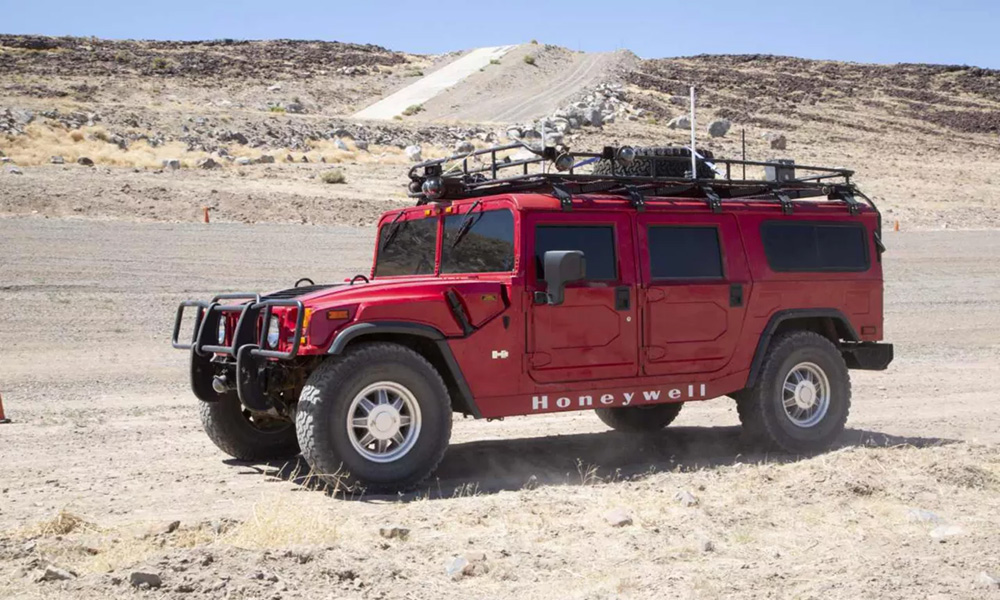
Most vehicles have windows so the driver can see where he’s going. That’s no problem in passenger cars, but if your job is to commandeer an armored vehicle or a tank, having loads of glass around you can be a bit of an issue. Until now, the solution was to equip machines like this with very small windows or viewing ports to reduce the risk of these weak points being attacked.
Now, an American company has developed a solution that enables vehicles to operate without any windows at all, while at the same time giving the driver a 360° real-time view of the surroundings.
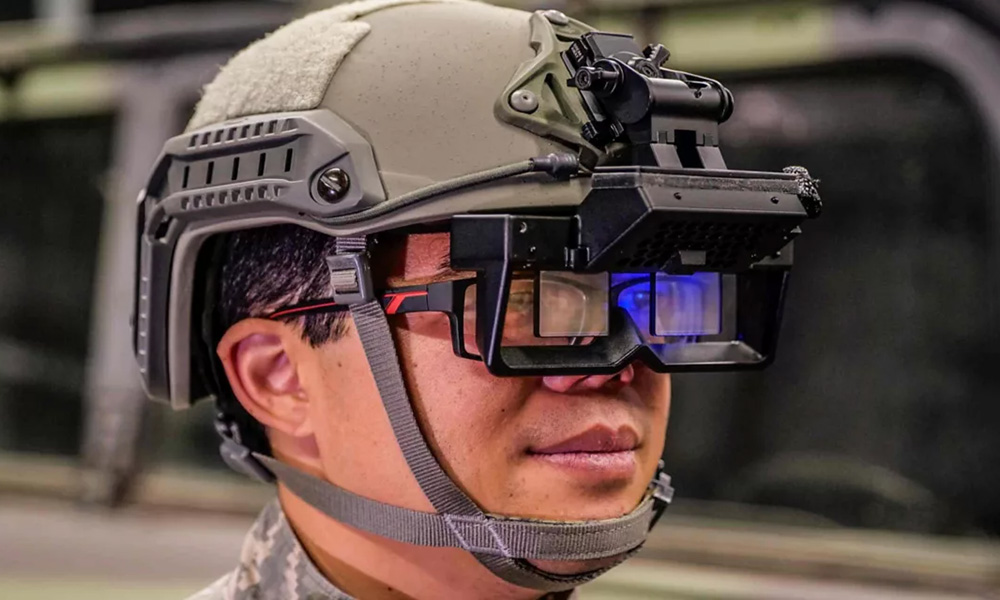
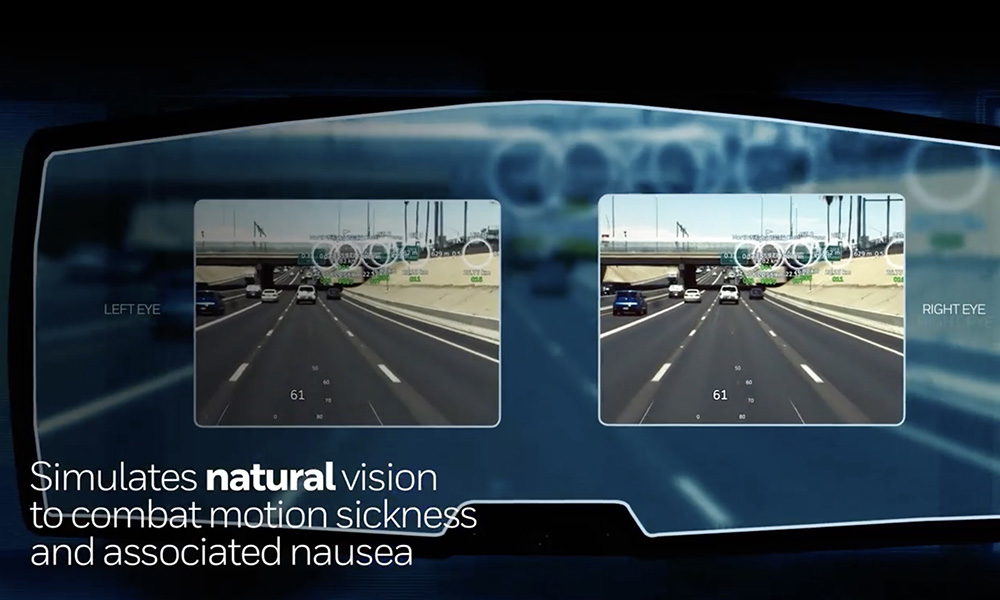
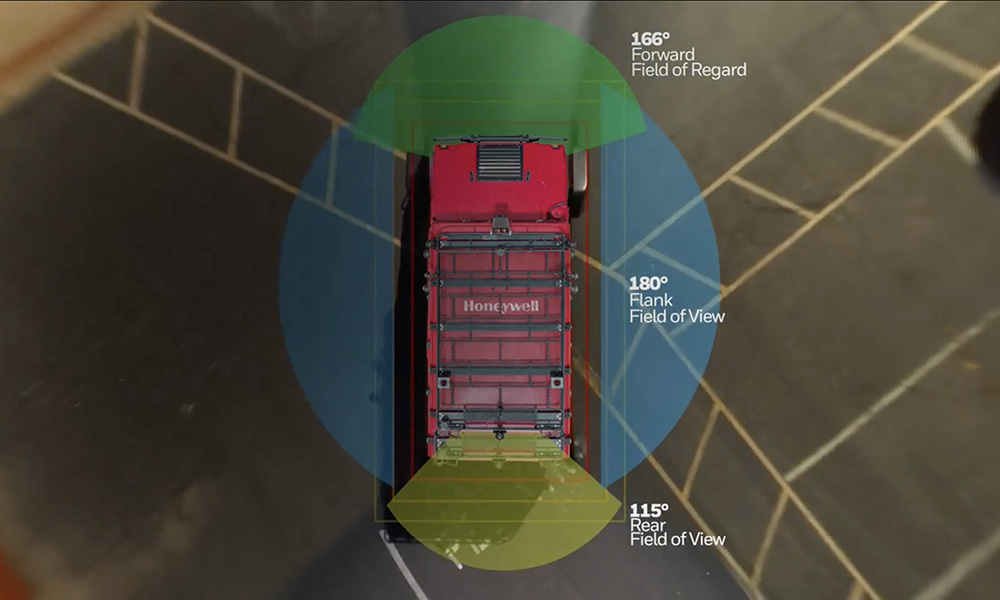
Defense contractor Honeywell has just unveiled its virtual window technology called the 360 Display, and it promises to vastly improve safety on and off the battlefield.
Utilizing a combination of augmented and virtual reality, the system combines feeds from various cameras and sensors mounted around the vehicle, and sends them to a special headset worn by the driver. The result is perfect visibility and awareness for the operator who can sit inside a windowless and therefore safer cabin. The information sent to his helmet even includes weather and terrain data to enable swift and easy navigation on and off the road.
All of this may sound like an easy-to-do project at first glance—after all, many passenger cars have 360°-style cameras fitted by now—but there’s quite a difference between just sticking some screens with video feeds in front of the driver and creating something really sturdy and usable. For starters, the firm had to overcome the problem that existing technology wasn’t really suitable for this project.
Existing virtual reality headsets, for example, would likely have resulted in the driver getting dizzy and his eyes getting tired through prolonged use, as anyone who has ever played VR games will be able to tell you. Then engineers had to ensure the video feeds were as real-time as possible, with almost no lag. They overcame those challenges by using a mixture of VR and AR combined with a wraparound display.
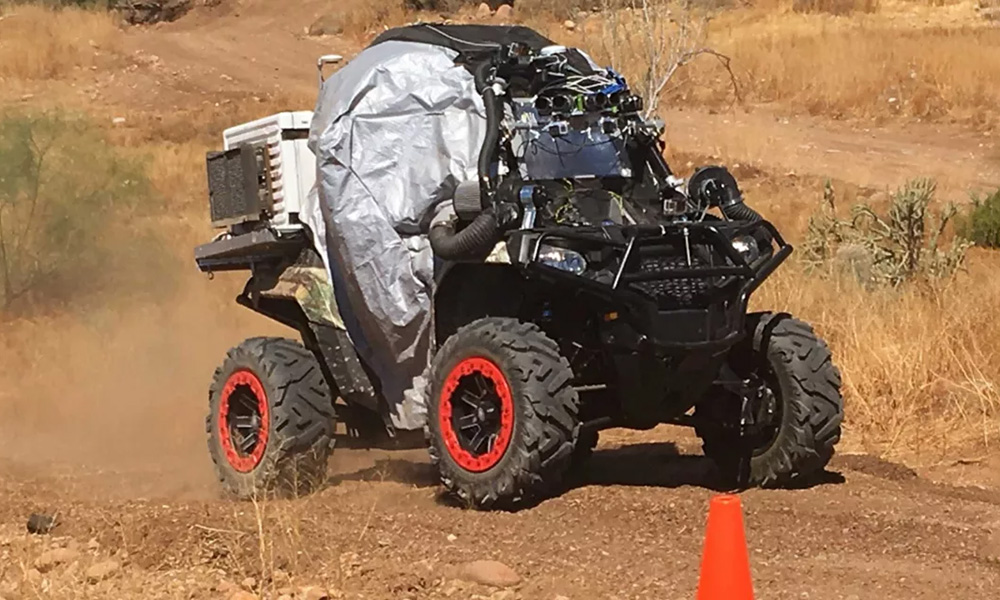
The result is a viewing dome that gives a driving experience akin to commandeering a convertible, according to the firm. The kit is vehicle-agnostic, meaning it can be mounted on anything from a civilian car to a tank, and this type of technology is not only very useful in combat situations.
In the US alone, almost 4,000 servicemen were injured, and more than 100 were killed in noncombat accidents over the last decade because tanks and other military vehicles were unwieldy and had terrible visibility. Fitting 360 Displays to them would definitely be a step toward reducing that number in the future.
Come to think of it: Maybe they can send a few units our way, too. Some of the armored cars on the roads of Metro Manila are being driven like the drivers can’t see at all. Just saying.

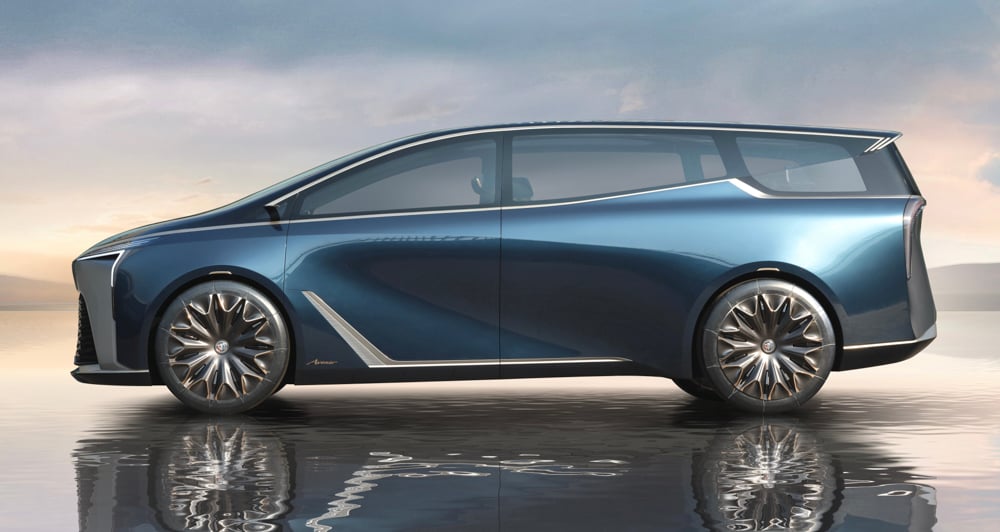
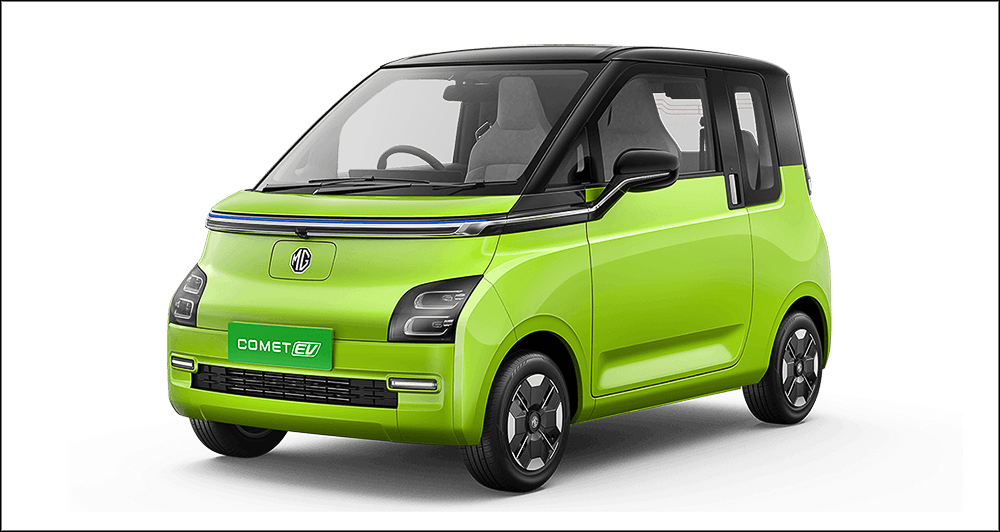

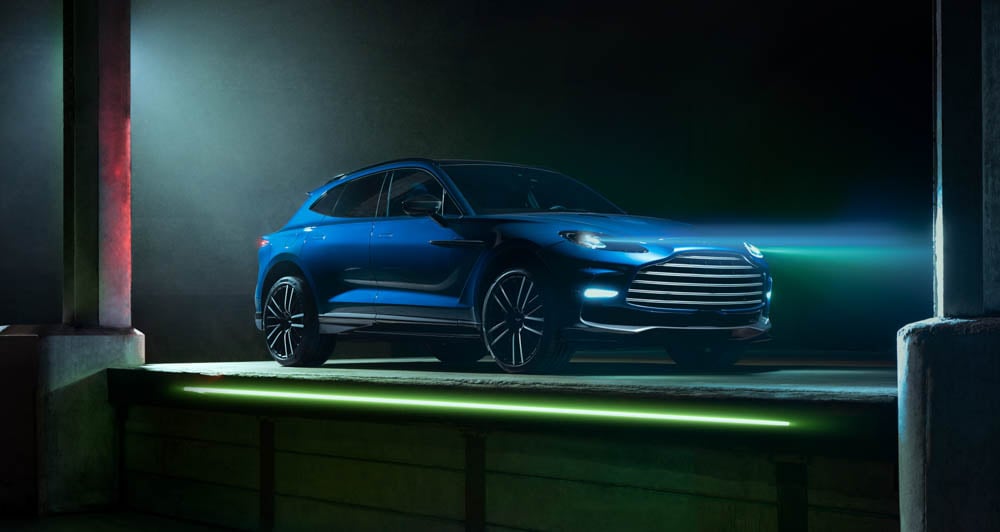
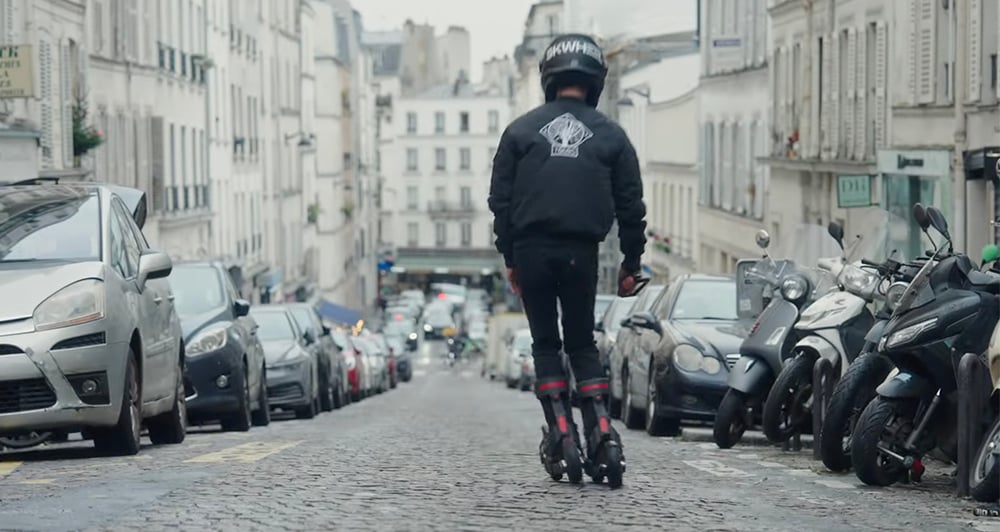

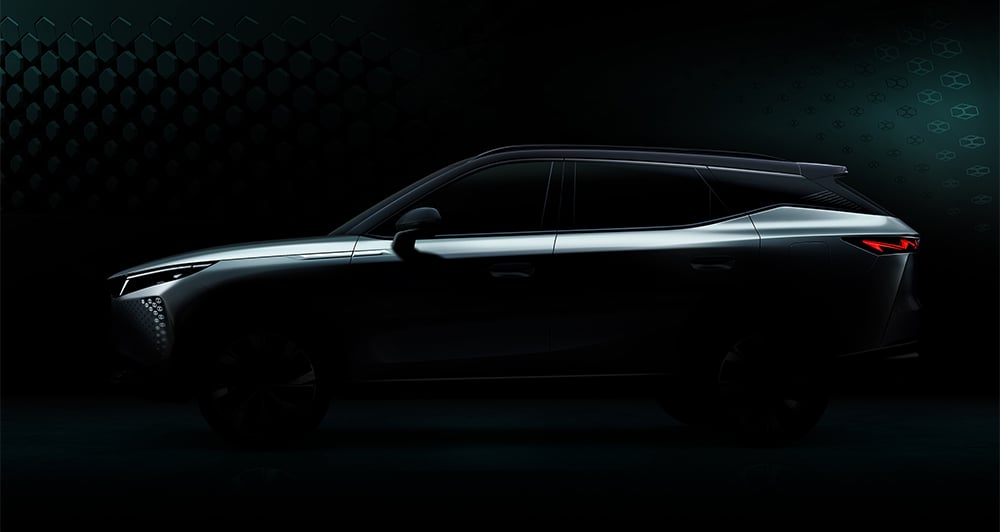
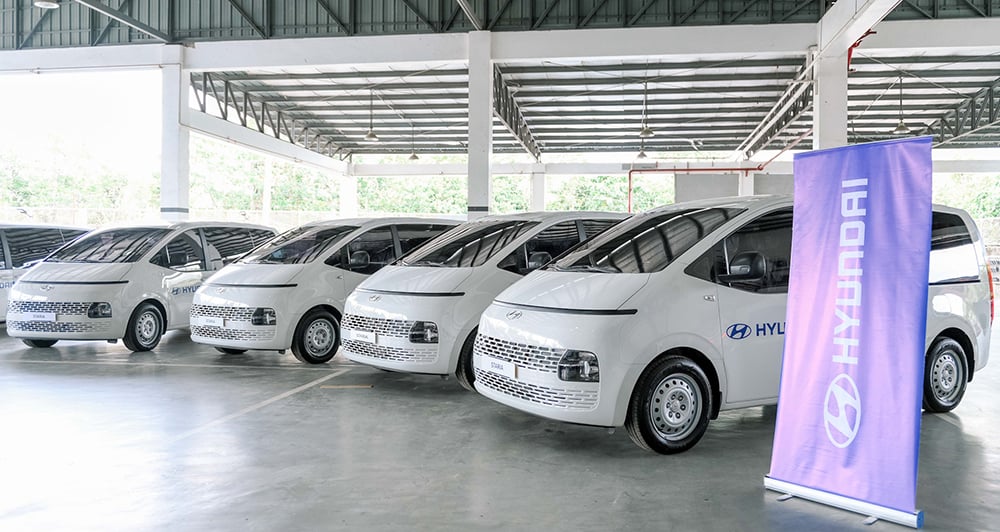


Comments